Idrw Team
SOURCE: IDRW.ORG
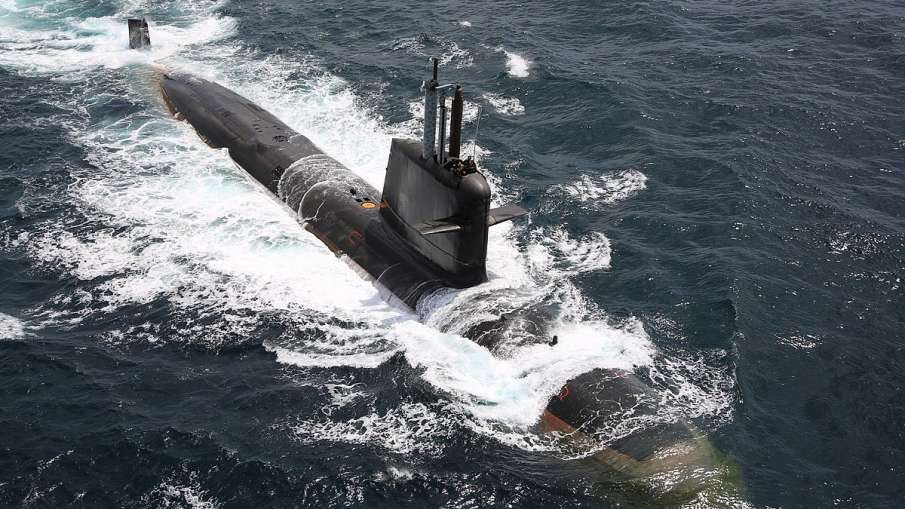
The Indian Navy’s underwater arsenal is set for a potential boost with renewed talks on acquiring additional Kalvari-class (Scorpène) submarines. State-owned Mazagon Dock Shipbuilders Limited (MDL) is reportedly in advanced discussions for a deal estimated at a whopping ?35,000 crore (US$4.19 billion).
While the final price might see some reduction after negotiations later this year, each upgraded Kalvari-class submarine is expected to cost between $1.2 billion and $1.3 billion. This marks a significant jump of over 62% compared to the six Kalvari-class submarines previously acquired by India at a cost of ?23,652 crore (US$4.1 billion in 2023). This translates to a cost per unit of ?3,942 crore (US$680 million in 2023).
Continue readingSOURCE: IDRW.ORG

Bengaluru-based Tardid Technologies Pvt Ltd made a splash at Eurosatory 2024, showcasing its innovative AI-based solution for naval vessels: PRESCRIPTIVE ANALYSIS OF HULL & MACHINERY (PAH&M). Tardid’s motto for PAH&M, “Sweat in peacetime so you can relax in difficult times,” aptly summarizes its philosophy. This system aims to prevent potential problems at sea by proactively monitoring a ship’s hull and machinery.
Naval vessels endure a unique set of challenges compared to commercial ships. They operate in harsh conditions, experience extreme maneuvers, and are constantly exposed to corrosive environments. This results in significantly higher fatigue on a naval vessel’s hull compared to its commercial counterparts. Furthermore, fatigue cracks typically begin on the surface in the short term but move deeper within the metal over extended periods.
Continue readingSOURCE: IDRW.ORG

State-owned Armoured Vehicles Nigam Limited (AVNL) is set to license produce the Russian KAMAZ-53949 Typhoon-K vehicle in India. Having successfully completed internal trials of the locally manufactured Typhoon-K, AVNL is now poised to offer this advanced military vehicle to the Indian Army.
The Typhoon-K motor vehicles are designed to provide integrated logistics support to combined arms and special units, including peacekeeping formations, in various environments. These vehicles are versatile, capable of carrying personnel and military cargo, and serve as a basic chassis for mounting various technical systems and weapons.
Continue readingSOURCE: IDRW.ORG

India has issued a Notice to Airmen (NOTAM) restricting airspace usage between July 17 and 26, 2024, sparking speculation about a possible missile test. The designated area encompasses both the ‘AD Launch Site’ in West Bengal and the APJ Abdul Kalam Island launch pad off the coast of Odisha.
This has led analysts to believe that the test might involve the AD-1 Interceptor missile, a crucial component of India’s Ballistic Missile Defence (BMD) Phase-II program. The inclusion of both launch sites in the NOTAM suggests the possibility of interceptor and target missile launches from separate locations.
Continue readingSOURCE: IDRW.ORG
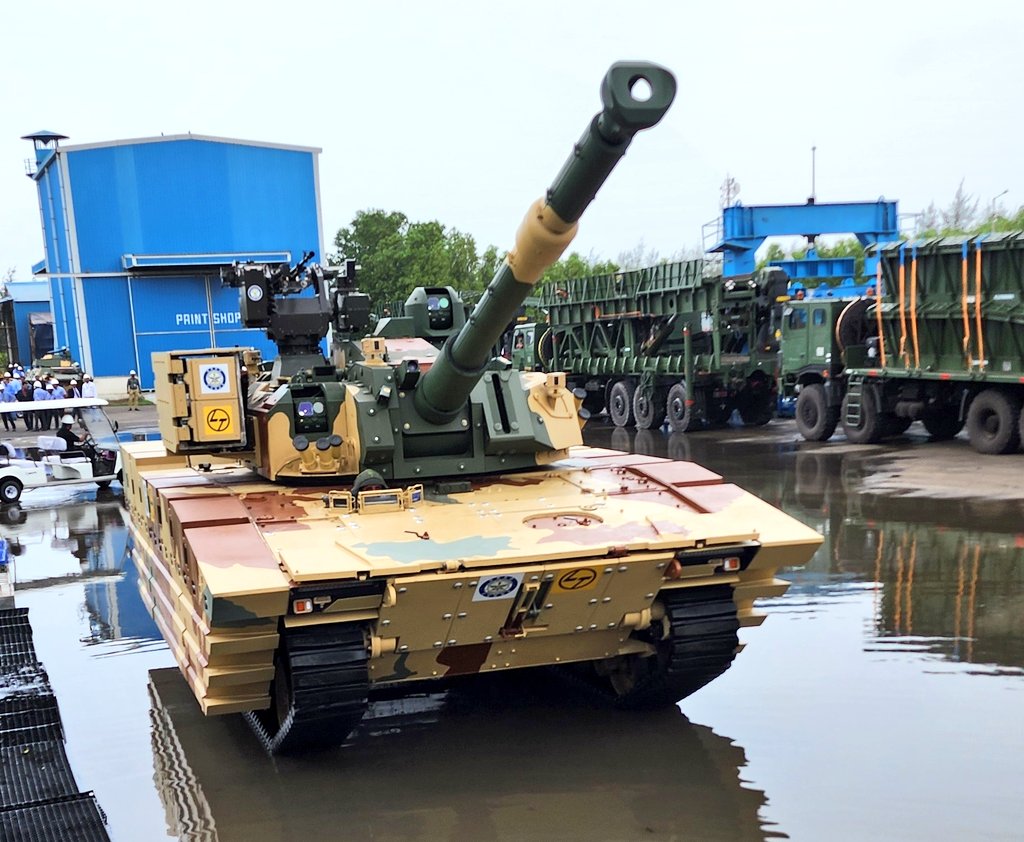
India’s Defence Research and Development Organisation (DRDO) has unveiled the first images of its highly anticipated Zorawar Light Battle Tank. Developed in collaboration with private sector giant Larsen & Toubro (L&T), the Zorawar is poised to undergo army trials following the successful completion of internal testing.
Designed for swift maneuverability in high-altitude regions, the Zorawar is a compact powerhouse weighing in at 25 tons. It packs a punch with a 105mm gun, ideal for engaging enemy targets. The tank boasts advanced optics from French company Safran Paseo, enhancing situational awareness for the crew.
Continue readingSOURCE: IDRW.ORG

The Indian Army is mulling a significant increase in its initial requirements for the Stryker combat vehicle. Talks are currently underway with the potential manufacturer to develop an army-specific variant of this 8-wheeled armored personnel carrier, with a Technology Transfer (ToT) agreement for indigenous production in India.
Initial discussions centered around procuring 350 Stryker vehicles. However, the Indian Army is now considering doubling this number to 530 units. This substantial increase reflects the army’s growing interest in the Stryker’s capabilities and its potential to equip 10 battalions.
Continue readingSOURCE: IDRW.ORG

Former Air Chief Marshal Fali H. Major (Retd.), the only helicopter pilot to ever lead the Indian Air Force, has expressed his strong support for the government’s decision to procure a large number of attack helicopters. This historic deal, valued at approximately ?50,000 crore, marks the biggest single helicopter order ever placed by an Indian company and represents a significant boost to the country’s defense sector.
In a media interaction, Air Chief Marshal Major welcomed the news but emphasized the importance of gradually increasing indigenous content in the helicopters. He highlighted that while the current 45% domestic content is a positive step, it should be progressively raised to “respectable levels.” This, according to Major, would ensure an “80% availability rate” for the helicopters, maximizing their operational efficiency for the armed forces.
Continue readingSOURCE: IDRW.ORG
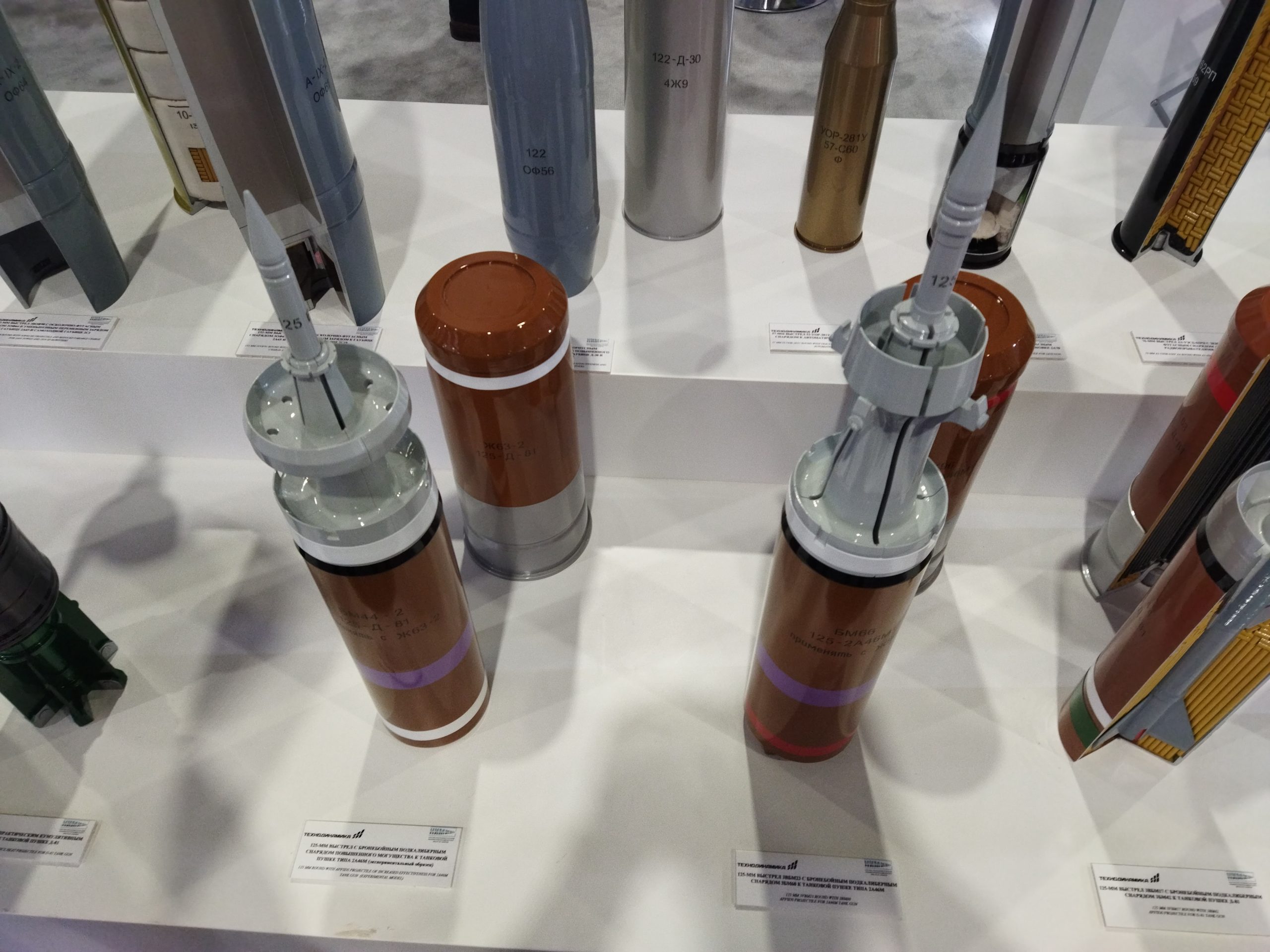
Rosoboronexport/Rostec, a prominent Russian defense exporter, has collaborated with an Indian company to establish the manufacturing of the 3VBM17 Mango Armor-Piercing Fin-Stabilized Discarding Sabot (APFSDS) rounds within India. This initiative aligns perfectly with India’s “Make in India” program, promoting self-reliance in critical defense equipment.
The 3VBM17 Mango APFSDS rounds are designed to penetrate and defeat armored vehicles equipped with composite armor. These advanced rounds are crucial for modern armored warfare, providing superior performance against heavily protected targets. The locally manufactured Mango rounds will equip Indian tanks with enhanced firepower, ensuring they can effectively engage and neutralize contemporary armored threats.
Continue readingSOURCE: IDRW.ORG

The Indian Navy’s Kolkata-class destroyers are renowned for their formidable firepower. However, a closer look reveals a lighter-than-expected surface-to-air missile (SAM) count compared to some global counterparts of similar size. While the Navy has remained tight-lipped on the official reasoning behind this, discussions with Navy officials shed some light on the issue. Balancing cost and physical limitations appears to be the key factor.
Offensive systems like the BrahMos missiles, while incredibly powerful, are also large and expensive. This translates to a trade-off – fewer missiles for a higher upfront cost.
Continue readingSOURCE: IDRW.ORG

Indian state-owned companies participating in Eurosatory 2024, the international defense and security exhibition in Paris, reported strong interest in their 155mm artillery shells. This comes amidst a global shortage due to the ongoing war in Ukraine.
Yantra India Limited, a leading Indian defense manufacturer, showcased its range of 155mm artillery shells, including the ERFB (Extended Range Full Bore), HEER (High Explosive Extended Range), HE 77B (High Explosive), and HE 107 variants. These shells attracted significant attention from various countries.
Continue readingSOURCE: IDRW.ORG
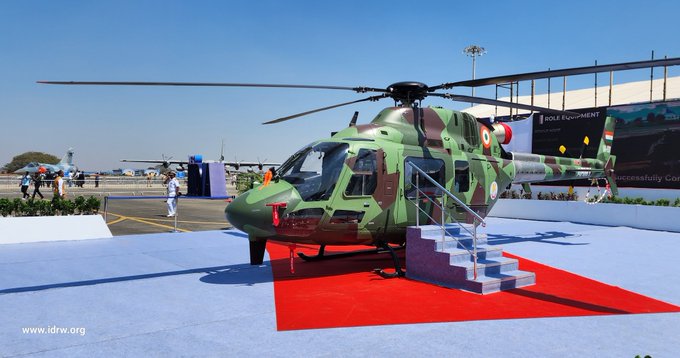
Hindustan Aeronautics Limited (HAL) is riding high after receiving a Request for Proposal (RFP) from the Ministry of Defence for 156 indigenously built Light Combat Helicopters (LCH), a deal estimated at ?45,000 crore. But their sights are set even higher, as they anticipate an upcoming RFP for their Light Utility Helicopter (LUH) as well.
The LUH, a highly agile new-generation helicopter in the 3-tonne class, has garnered significant interest from the Indian Armed Forces (Army, Navy, and Air Force). These services are looking to replace their ageing fleet of Chetak and Cheetah helicopters with the domestically produced LUH.
Continue readingSOURCE: IDRW.ORG
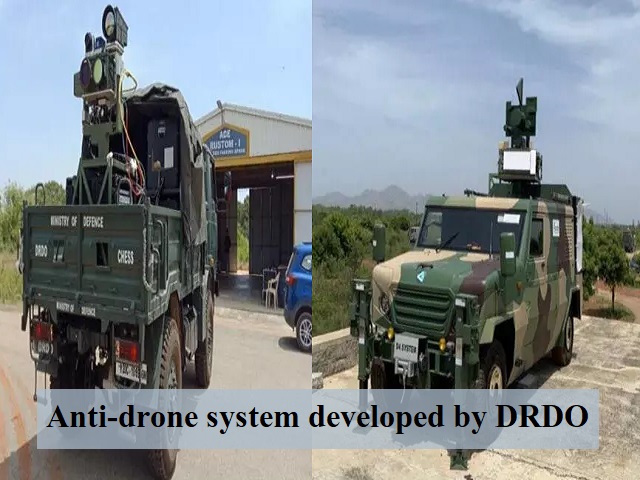
Small aerial drones have become a ubiquitous sight on the modern battlefield, with the Ukraine conflict highlighting their effectiveness. However, DRDO officials told idrw.org that he believes this is a temporary advantage, and anti-drone technology is rapidly evolving to counter this threat.
DRDO officials acknowledges that current limitations in anti-drone tech have allowed these “cobbled-together” drones some free rein. However, they emphasize that this is a fleeting window. Russia’s Electronic Warfare (EW) and jamming systems have reportedly neutralized nearly 75% of such drones in Ukraine, showcasing the growing effectiveness of counter-drone measures.
Continue readingSOURCE: IDRW.ORG
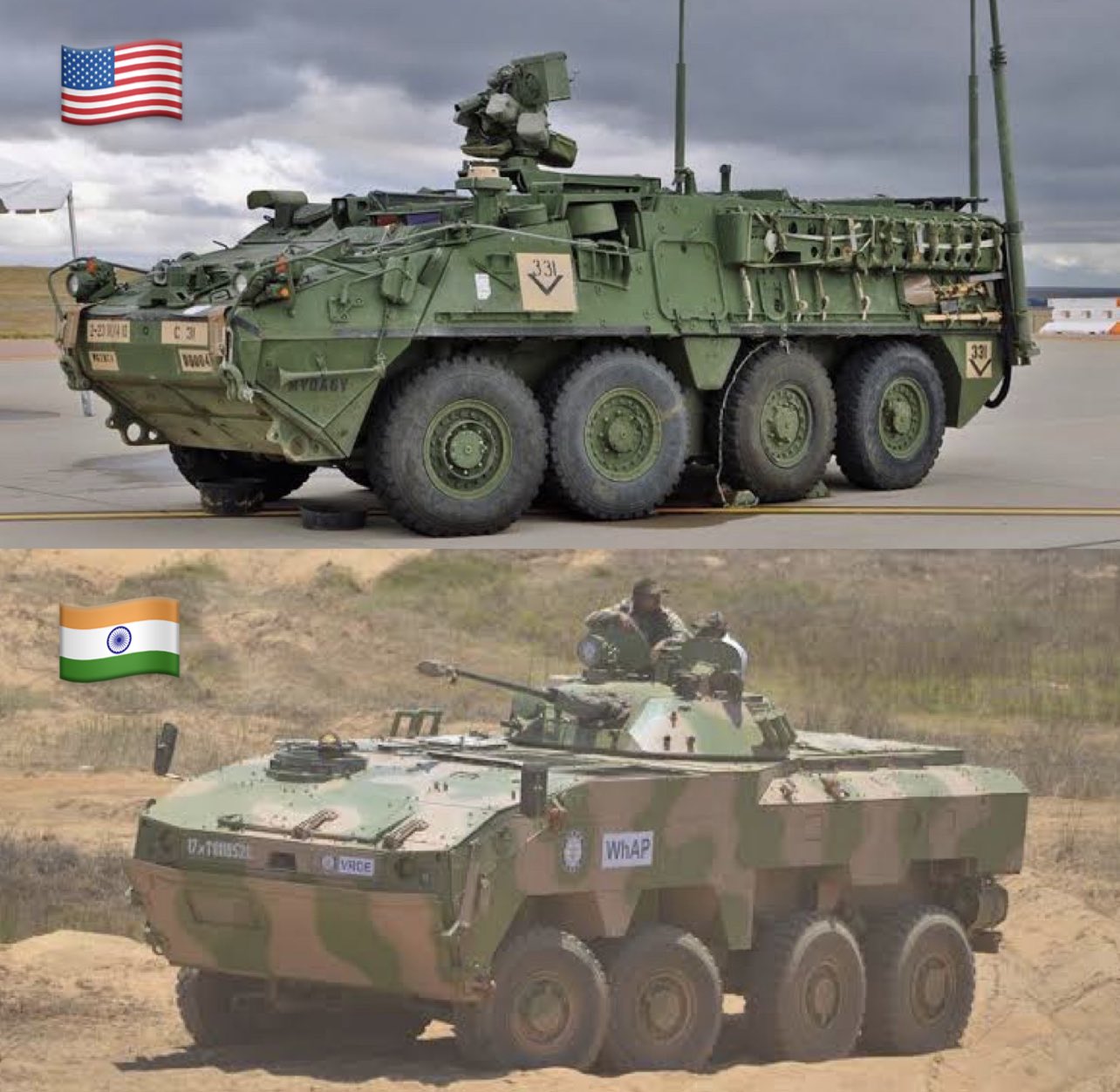
According to sources close to idrw, the Indian Army’s evaluation of contenders for its new 8×8 wheeled armored vehicle program has hit a snag. Local offerings, including DRDO’s WhAP 8×8, reportedly received negative feedback, with the Army favoring the American Stryker for its superior design and protection.
Reports suggest the Army views the Stryker as a more robust platform compared to indigenous alternatives. This contradicts DRDO’s stance, which positioned their WhAP 8×8 as superior to vehicles like the Stryker, Fuchs 2, and Piranha 3 based on a comparison chart.
Continue readingSOURCE: IDRW.ORG
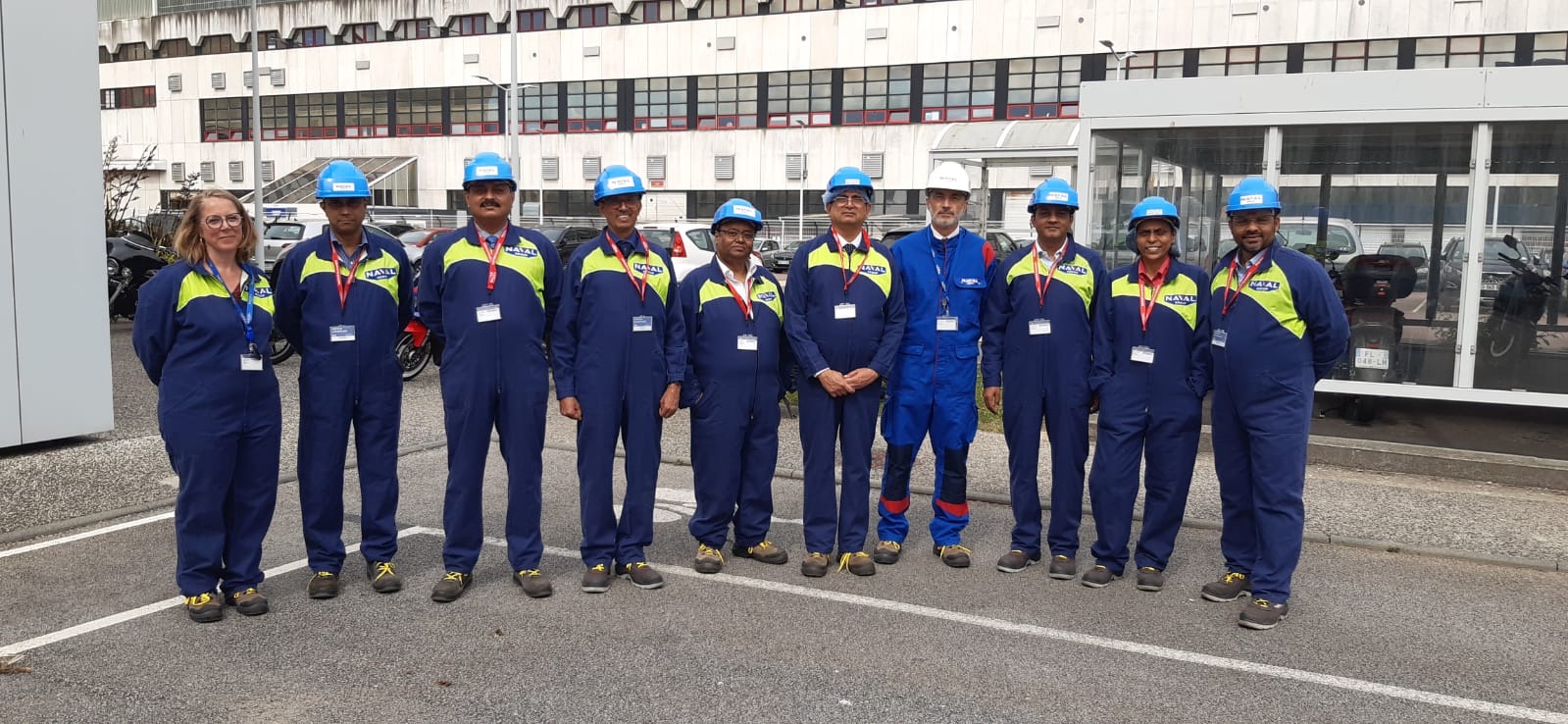
A DRDO team recently visited Naval Group France to discuss the progress of integrating an indigenous Air Independent Propulsion (AIP) system into Kalvari-class submarines. This collaboration marks a significant step towards India’s “Atmanirbhar Bharat” (Self-reliant India) initiative in the defense sector.
Last year, DRDO and Naval Group signed an agreement to equip INS Kalvari with a fuel cell-based AIP system developed by DRDO’s Naval Materials Research Laboratory (NMRL). The agreement includes certification by Naval Group to ensure the safe and effective integration of the AIP system within the submarines.
Continue readingSOURCE: IDRW.ORG
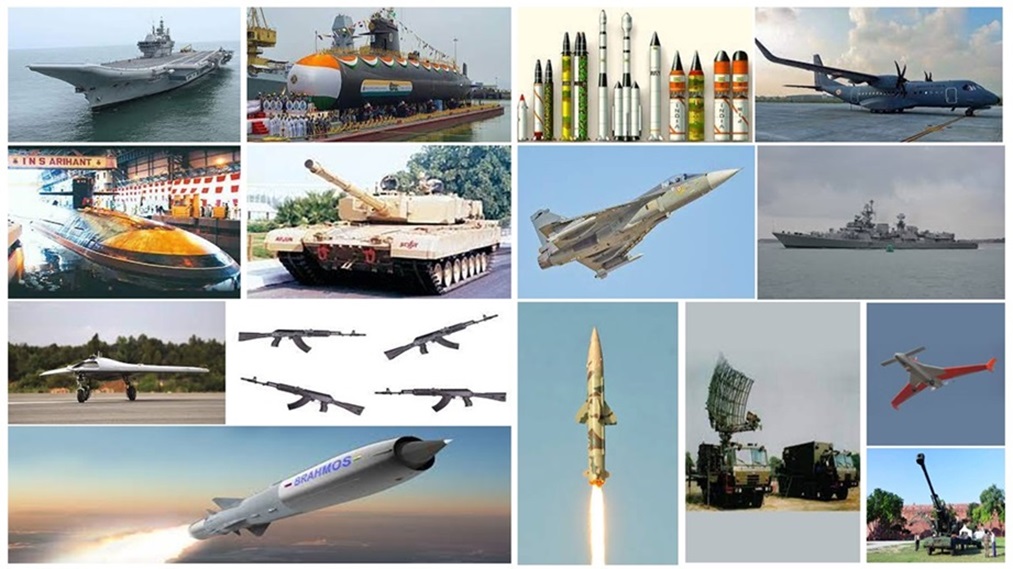
India’s defence exports have reached a historic milestone, clocking in at a record Rs 21,083 crore in the financial year 2023-24. This marks a significant achievement and highlights the growing capabilities of the Indian defence industry.
Defence Minister Rajnath Singh has set a new target for the future – exporting over Rs 50,000 crore worth of defence equipment by 2028-2029. This ambitious goal reflects the government’s commitment to fostering a robust domestic defence industry and positioning India as a major player in the global arms market.
Continue reading